What is First Aid?
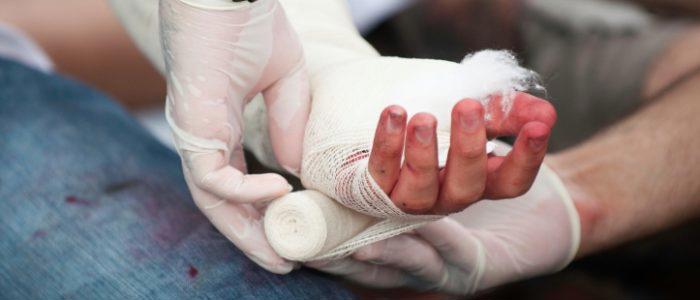
A vital step in the process of care, First Aid is something everyone can and should provide. The aim of First Aid is always to preserve life. It can make a huge difference to whether someone survives, and is an incredibly important and often unrecognised part of the process.
But what is First Aid? What do the words really mean? First Aid is the initial care of someone ill or injured and is often given on the spot. Usually, this is before medical treatment arrives and the real cause or condition of the individual is known.
Whether they’re feeling unwell, have a minor injury like a cut or even become suddenly unconscious, the First Aid steps to manage the situation are always the same. DRSABCD is the fundamental mantra all First Aid courses advocate, as it correctly assists first responders to quickly and effectively help the casualty.
What is the difference between First Aid and other medical aid?
Those first on the scene of a First Aid situation are usually people without medical training, so the focus is on the nature of assistance anyone can give with a minimal amount of training and preparation. Despite what you might have seen in the movies you are not expected to cut a hole in a person’s throat or deliver an adrenaline shot to the heart! The care a First Aider can provide focuses on aid before a health care professional like a doctor, nurse or paramedic can arrive.
Health professionals can administer various types of life-saving medication and techniques, such as intubation to help the casualty breathe, that a First Aider cannot. This is why it is critical that 000 is called for help as soon as possible when there is a non-responding casualty.
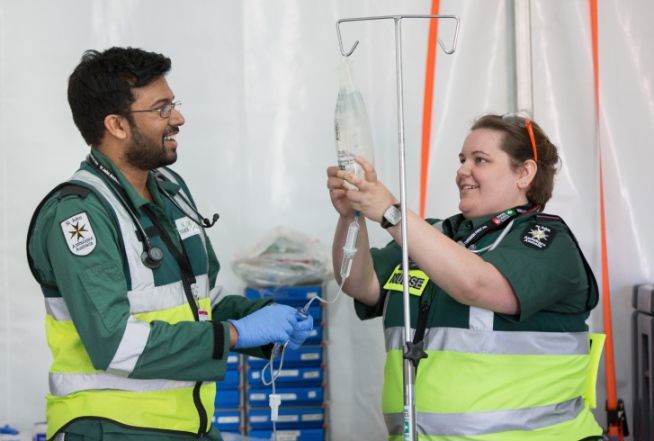
What skills you should you have to provide First Aid?
At the very least, a First Aid course will help anyone to respond to an ill or injured casualty. Without training, you could end up making the situation worse or panicking, which helps no one. Everyone who completes our First Aid Training courses emerges with a sense of empowerment and feels they would know what to do if someone collapsed in front of them, for example. Instead of feeling helpless in a situation while waiting for an ambulance to show up, knowing First Aid means we can all take control and be responsible for helping someone survive in a critical situation like an accident or a sudden cardiac arrest. In reality, life is unpredictable and this could happen to anyone, any time. Wouldn’t you want to live in a world where you could count on the person next to you to save you when you desperately needed it?
What should you do in a First Aid situation?
The first person that arrives to an ill or injured person should:
- quickly assess the situation
- identify the nature of the injury or illness as far as possible
- arrange for emergency services to attend
- manage the casualty promptly and appropriately
- stay with the casualty until able to hand over to a health care professional
- give further help if necessary
It is a great deal of responsibility, this is true. Sometimes the situation might be distressing if there is the sight of blood, vomit or torn skin. Even paramedics and doctors find this unpleasant sometimes. To help yourself handle the situation, prepare with a few deep breaths to give yourself the confidence. If you need to, look away from the injuries prior to administering First Aid.
What should a First Aider do when other help arrives?
You don’t need to stand completely back from the scene when help arrives, but you do need to allow them to do their jobs. They will usually need to know what help you have provided to the casualty, so give as complete a description as you can manage. They may also need your help, for example, to hold items like padding in place or to move the casualty, so you should not leave the scene.
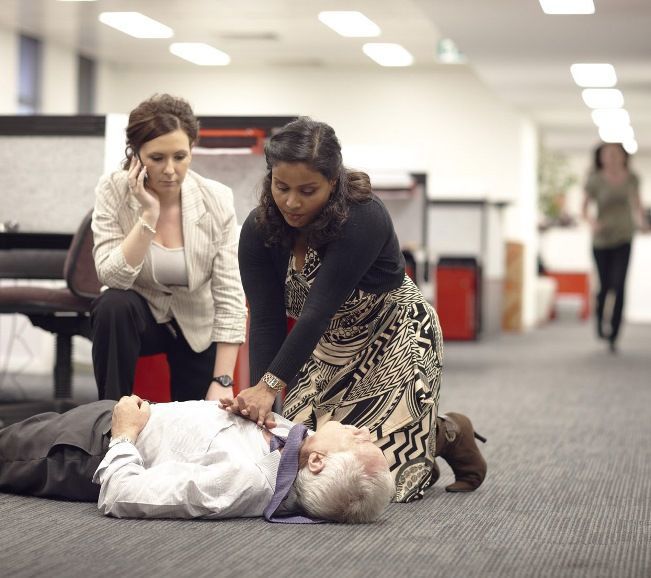
Do you need the casualty to consent to the treatment?
We often get asked about consent to First Aid treatment – what does it really mean? Any mentally competent adult has the right to refuse treatment – even if the treatment is necessary to save their life. Without consent, it could be considered assault. Consent can be implied (i.e. going to a first aid room) or expressed (verbal or written permission). In the circumstances where a person cannot give consent (i.e. unconscious, very young) then consent is not required (implied consent) and any qualified person can give treatment. You should not, however, deliver any treatment that goes beyond your level of training and knowledge, unless directed otherwise, for example by a 000 operator.
What about Good Samaritan laws and the duty of care?
Many people are uneasy providing First Aid to strangers due to some mistaken beliefs they could become legally liable should something go wrong and the casualty is left with injuries or disability in relation to the incident. This is not the case in Australia. We have ‘Good Samaritan’ laws (wrongs act 1558 protection of the good Samaritan) in all states that are specifically designed protect First Aiders from being sued for things like negligence should they provide First Aid in good faith. In fact, there are no reported cases of anyone being sued for providing emergency First Aid.
Once you have started to provide first aid to a casualty, you have committed yourself to provide a duty of care to that casualty. What this means is that you need to remain with the casualty and provide First Aid treatment to the best of your ability until one of the following:
- Another or more experienced First Aider takes over
- Medical help arrives
- You are physically unable to continue to provide First Aid or the situation becomes in any way unsafe for you to do so
First Aid faces a few misconceptions, many of which unfortunately may prevent people from deciding to provide First Aid in a situation that requires it. In many cases, it is best to try to do something than absolutely nothing. This is where First Aid Training is vital in giving everyone the tools they will need to act quickly, confidently and in a way that saves lives and fosters a better and more resilient society for us all.
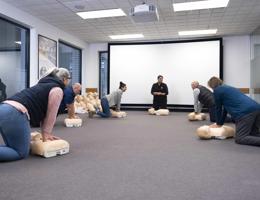
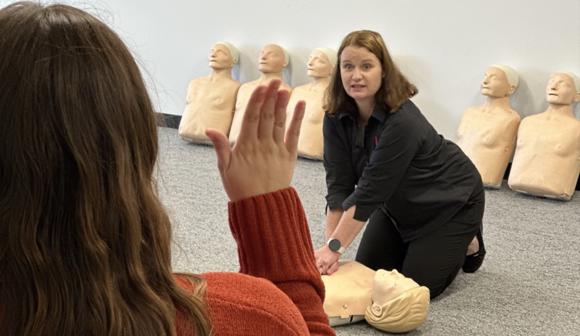
HLTAID011 PROVIDE FIRST AID
Suitable for both people in workplaces and members of the public who would like a comprehensive first aid course.
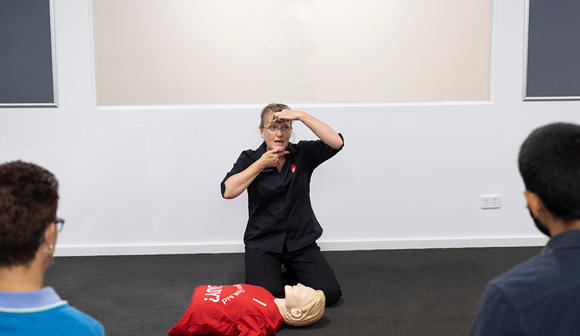
HLTAID009 PROVIDE CARDIOPULMONARY RESUSCITATION
Learn the skills to perform life-saving (CPR) on an adult, child or infant who is unconscious and not breathing normally.
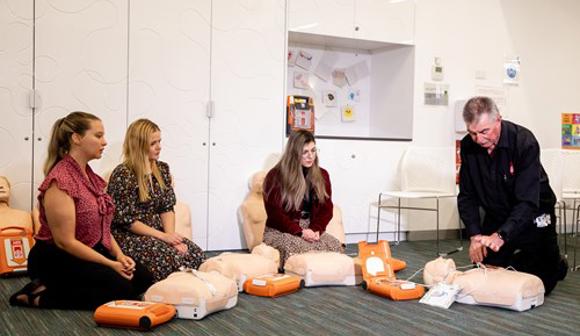
VENUES & LOCATIONS
St John has a range of training locations across Victoria.
